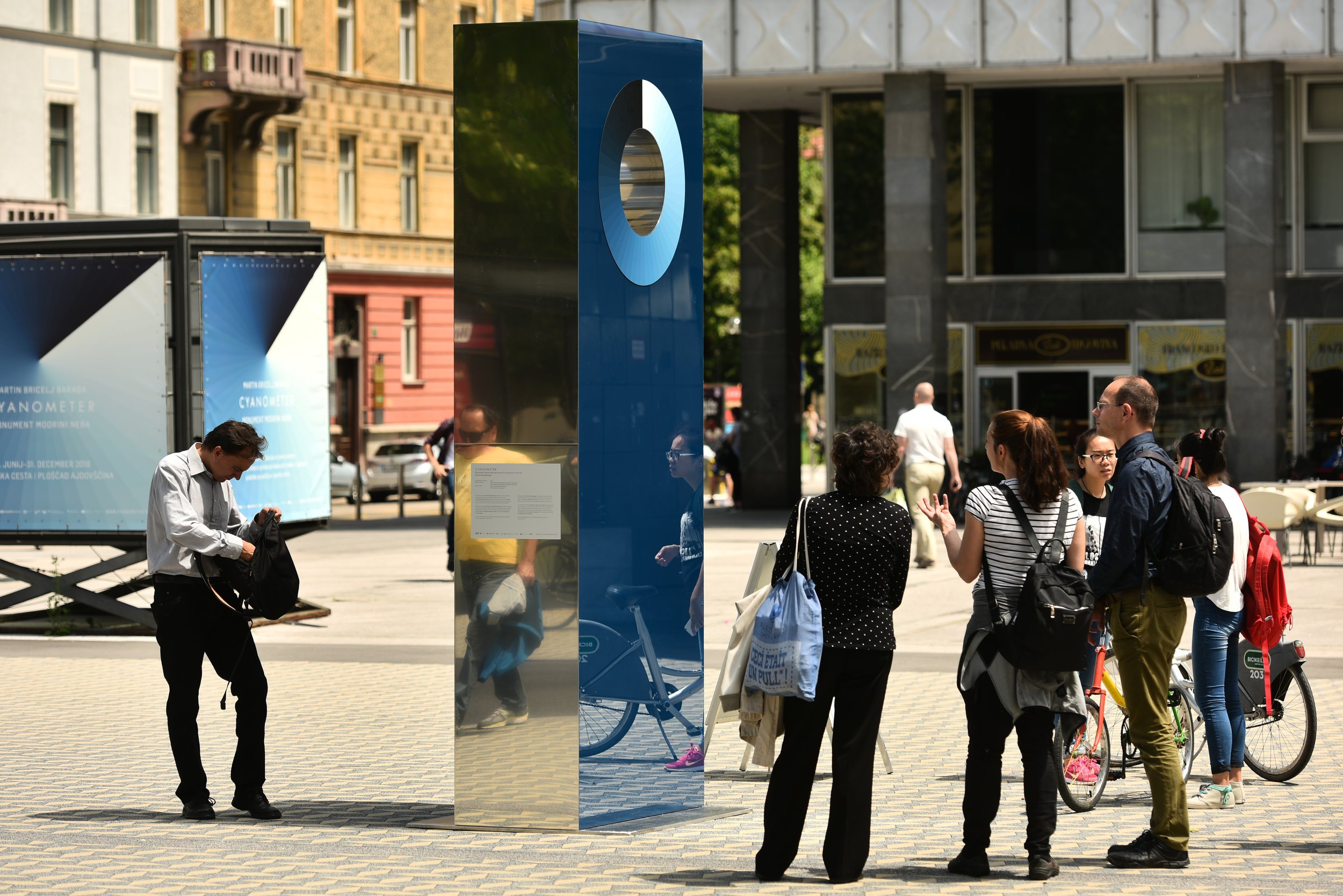Original article (in Slovenian) was published on 29/4/2024; Author: Tina Geč
According to the Environment Agency, the highest recorded PM2.5 concentration was 28 µg/m3 on April 15. Levels above 75 µg/m3 are considered hazardous for children and people with asthma.
On April 14, the Blue Sky Civil Initiative (CIMN) posted on Facebook that the concentration of PM2.5 particles would reach 122 parts per cubic meter on April 15—the day following the post. They noted that levels exceeding 100 parts per cubic meter pose risks to those with allergies and asthma, especially children.
As of this writing, CIMN has 11,000 followers on Facebook, and the post has been shared 343 times.
The National Institute of Public Health advises that PM2.5, which consists of particulate matter and droplets smaller than 2.5 micrometers (µm), pollutes the air and poses significant health risks.
The Environment Agency states that air quality is considered extremely poor when PM2.5 levels exceed 75 micrograms per cubic meter (µg/m3). According to the World Health Organization, the average daily concentration of these particles should not surpass 15 µg/m3.
According to the Environment Agency, on April 15, the highest recorded PM2.5 level was 28 µg/m3. The previous day, coinciding with the CIMN Facebook post, the level was 16 µg/m3. Earlier in the month, on April 1, the highest average PM2.5 level reached 48 µg/m3, attributed to desert sand polluting Slovenia’s air.
“High concentrations of particles are harmful to health, especially for patients with cardiovascular and respiratory diseases and for children,” but not for all allergy sufferers in general, the National Institute of Public Health clarified to Razkrinkavanje.si.
We have communicated these findings to the Blue Sky Civil Initiative (CIMN) and will publish their response upon receipt.
The assertion that the PM2.5 concentration on April 15 reached 122 particles per cubic meter is deemed false.
However, the claim that PM2.5 levels exceeding 100 are hazardous for asthmatics and children is confirmed as true.
The suggestion that such concentrations are harmful to all allergy sufferers is not supported by evidence and is therefore incorrect.



